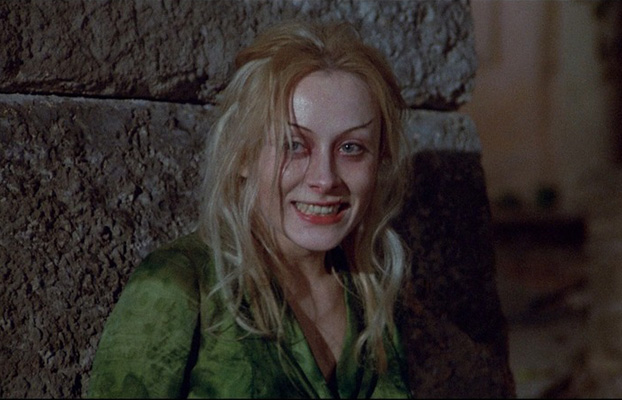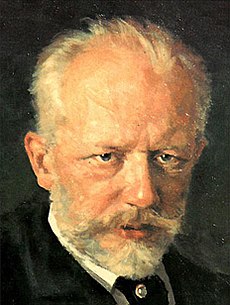GOD BLESS US ALL, EVERY ONE!
...And so, as Tiny Tim said, 'A Merry Christmas to us all; God bless us all, every one!'
It is the season of Christmas. To me, it is bliss. I should say that Christmas is the season of forgiveness and charity and togetherness. Only, I believe those are the feelings that should, must remain throughout the year.
I love the sight of a big table, with relatives and friends taking their place around it, for the feast. A table finely decorated, full of delicacies. I like the smell of Christmas sweets, as I cook them, and the night before Christmas Eve, the 23rd, when I take my time, organizing the last details. I like the evening of the 25th, after everyone leave: I take most of the food, it will get spoiled before eaten, and leave it outside the house, carefully packed, for anyone who cannot afford a baquet, in our imperfect world. The package always disappears whinin a few minutes. And I like presents' time, the unrapping, the cries of excitement, the surprises. I like the first moment of silence, when everyone is served their share, and the tasting of the food, the pleasure of it, makes everyone quiet. I like the old family anecdotes, repeated every year, together wth new ones. I like the bling of the china, the crystal glasses.
I like the small charming Christmas traditions I share with friends, during the weeks that precede it. The movies too, epics, Christmas Carol in several versions, etc. I like the fact that Christmas lives on, lives through, despite how many seats around the table are taken, how many skies have fallen. I lost someone, this year, right before Christmas. We lose people at all times, during the year. But for me, it is the third Christmas, in several decades, we, in our family, count minus one, since I was born. Their presence, the presence of those who parted, will remain silent, in all our hearts. Christmas will be for those who remain in this world. For as sad as it might be -- it is sad indeed -- Christmas lives on, lives through, for time goes on, life goes through tragedies and joys. It continues despite it all, until the moment when we will be the ones to no longer take a place around the table, only in the hearts of our beloved ones. Life will continue for them.
Above all, Christmas is a party, a celebration, Pagan and Christian together. Human beings, well... living beings in general, like parties and celebrations. And so they should! So, Merry Christmas!
I love the sight of a big table, with relatives and friends taking their place around it, for the feast. A table finely decorated, full of delicacies. I like the smell of Christmas sweets, as I cook them, and the night before Christmas Eve, the 23rd, when I take my time, organizing the last details. I like the evening of the 25th, after everyone leave: I take most of the food, it will get spoiled before eaten, and leave it outside the house, carefully packed, for anyone who cannot afford a baquet, in our imperfect world. The package always disappears whinin a few minutes. And I like presents' time, the unrapping, the cries of excitement, the surprises. I like the first moment of silence, when everyone is served their share, and the tasting of the food, the pleasure of it, makes everyone quiet. I like the old family anecdotes, repeated every year, together wth new ones. I like the bling of the china, the crystal glasses.
I like the small charming Christmas traditions I share with friends, during the weeks that precede it. The movies too, epics, Christmas Carol in several versions, etc. I like the fact that Christmas lives on, lives through, despite how many seats around the table are taken, how many skies have fallen. I lost someone, this year, right before Christmas. We lose people at all times, during the year. But for me, it is the third Christmas, in several decades, we, in our family, count minus one, since I was born. Their presence, the presence of those who parted, will remain silent, in all our hearts. Christmas will be for those who remain in this world. For as sad as it might be -- it is sad indeed -- Christmas lives on, lives through, for time goes on, life goes through tragedies and joys. It continues despite it all, until the moment when we will be the ones to no longer take a place around the table, only in the hearts of our beloved ones. Life will continue for them.
Above all, Christmas is a party, a celebration, Pagan and Christian together. Human beings, well... living beings in general, like parties and celebrations. And so they should! So, Merry Christmas!





_Goya.jpg/220px-Capricho25(detalle1)_Goya.jpg)

00-36-51.jpg)


